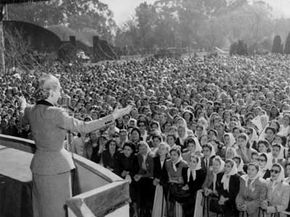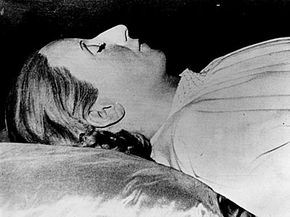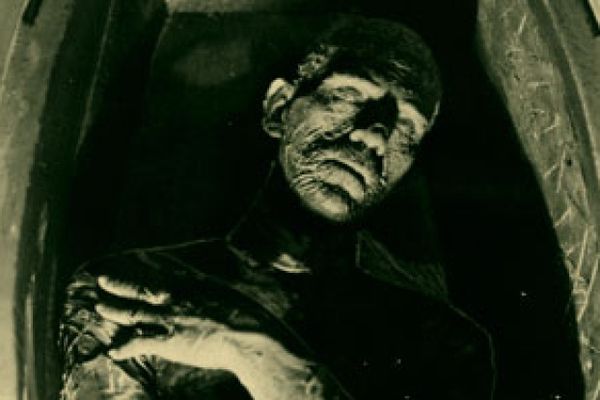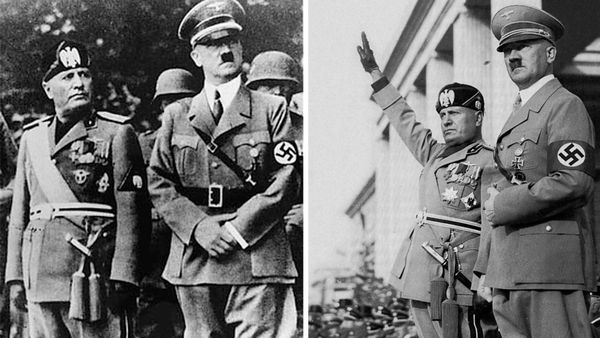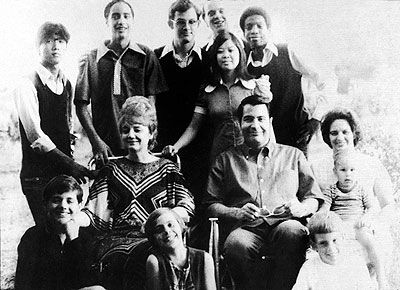If there's one time of day that holds special significance for older Argentineans, it's probably 8:25 p.m. At that minute, on July 26, 1952, Eva Peron died of cancer at the age of 33. Immediately, news of her death began to broadcast throughout the country, and hundreds of thousands of people in the capital city, Buenos Aires, and beyond made their way to the presidential residence to mourn their beloved Evita. The lines to visit her body lying in state at the Ministry of Labor building stretched in multiple directions around city blocks. After 13 days of citizens filing through, touching, kissing and even collapsing on her coffin, the government had to call the public viewing to an end for fear that the exposure would damage her corpse.
Yet, she wouldn't be permanently buried for more than 24 years.
Advertisement
In popular culture, Eva Peron's name evokes scenes of Madonna bellowing "Don't Cry for Me, Argentina" from the musical biopic "Evita." In reality, Eva Duarte Peron was an incredibly effective politician who climbed her way from impoverished child of the Argentine pampas, or plains, to the first lady. After her husband Juan Peron won the presidential election in 1946, Eva assumed control of the Ministry of Labor. From that position -- meeting with union leaders, workers, teachers and others -- she generously doled out wage increases, promises of government-funded housing and suffrage for women. In exchange, the working class gave Eva its unwavering loyalty and devotion.
Standing on the balcony of the presidential residence, Casa Rosada, Eva Peron would address the crowds below as los descamisados, or "the shirtless ones." That slang term for the working class used to be an insult wielded by opposition political parties, but the die-hard Peronists reclaimed it as a symbol of labor pride [source: Fraser and Navarro]. Those swooning supporters began referring to her affectionately as "Evita."
Advertisement
